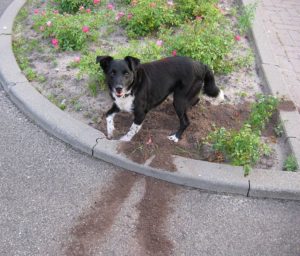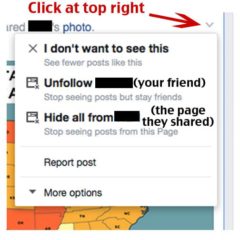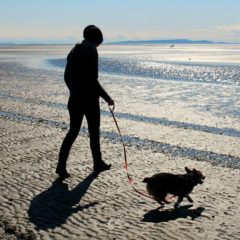Spring is here! Birds are chirping, squirrels are scampering and flowers are sprouting. It is at this time of year that many people feel it would be a shame for their dog to spend the day indoors while the family is not at home.
However, there are some downsides to leaving dogs outdoors all day, as well as some safety things to consider.
One of the negatives is that dogs, especially puppies, who are outside and unsupervised, may become bored and destructive in your yard. From the mild (pulling branches off bushes), to the wild (stripping siding and electrical boxes off the house), dogs who are left outside often busy themselves with mischievous activities.
Over the years, we have seen quite a variety of creative canine calamities, including: digging under the fence, chewing patio furniture and children’s play sets, knocking over barbecues, eating edges of decks, and much more.
Not only are these things a problem for the owners, who are rightfully horrified about their things being ruined, but it can also be dangerous for the dog who is ingesting dangerous things or getting out into the street.
Dogs who are outside all day also don’t have the need to “hold it in” when it comes to bathroom needs, sometimes resulting in house training issues when indoors.
Further, most dogs are much happier to spend their quiet time in the house when the family is not at home. They are comforted by the familiar smells and surroundings in the house that remind them of their pack.
If your dog has been doing (or might do) any of these things outside, it is much better to keep your pet indoors in a crate when you’re not at home. Dogs, being creatures of habit, need to learn that when you’re not at home, they are to rest quietly… not create activities. Those whose daily habit is to create activities often end up with ongoing chewing problems that can be difficult to change.
There are some dogs who may be fine about spending their days outdoors. If your dog seems to enjoy being out there and is not destructive, then it’s simply a matter of personal preference. Never tie your dog up when you’re not there to supervise. Be sure to provide shelter from the rain and sun, and have identification on your pet at all times. Another good idea is to give a key to a neighbor whom you could call to put your dog inside if the need arises, such as if a big storm comes through and you can’t get home to bring your pet to safety.
By putting some forethought into your dog’s schedule and training, many behavior problems can be avoided, pets and property stay safer, and your overall enjoyment of your pet increases.
See this article too: Pretending You Have No Fence Leads To a Well-Behaved Dog








